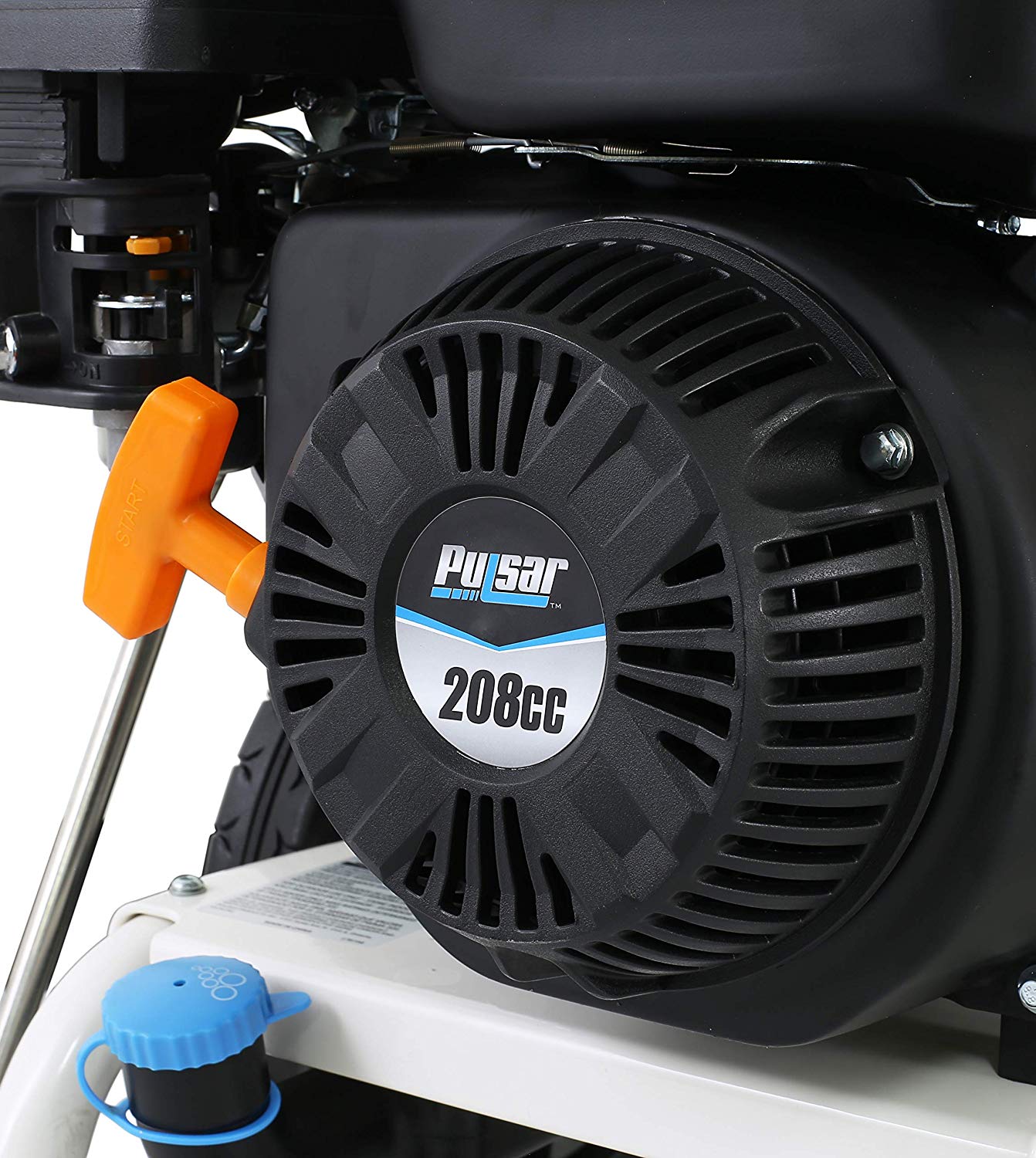

Overinflation also makes the tires’ tread footprint smaller, which can increase wear on the center of the tread. And it can affect handling, because the overinflated tire is not correctly absorbing impacts, which can send more force to the vehicle’s suspension. The tire will also likely have less grip if underinflated, Willcome said.Īn overinflated tire can have less grip, too. This puts more wear on the tire’s shoulders, those rounded parts of the tire between the sidewall and the tread. What’s more, the tire’s contact patch-where the rubber meets the road-will not be its correct shape. An underinflated tire also cannot absorb shock as well, and so it is more vulnerable to road hazards such as potholes. If a tire is underinflated, more heat is generated inside of it, and this could cause structural damage, Willcome said.
#Psi for micheline axial sport Patch#
“Inflation pressure affects every aspect of the tire, including the load carrying capacity, tread contact patch shape-where the tire touches the road-and size and handling characteristics.” “I cannot emphasize enough the importance of proper tire inflation pressure,” said Keith Willcome, sales engineering manager for the Americas at Bridgestone. Through rigorous testing, the vehicle’s recommended tire pressure is determined, with the idea of balancing considerations of performance, fuel efficiency, safety, and overall longevity.īut how important is that number? Should it be tweaked for certain scenarios? For most consumers who are not heading to a racetrack or following guidelines for pulling a trailer, the answer is absolutely not. “S o max pressure is precisely that, but within that, there is the ideal pressure to maximize the performance of the vehicle.” “You’re going to be tuning the pressures to fit that envelope of air that those tires allow,” Robinson said. Tire engineers from companies such as Michelin will work alongside automakers’ engineers using the TRA and ETRTO guidelines. Sarah Robinson, a driving-safety expert at Michelin, said the manufacturer’s recommended tire-pressure level dates back to the beginning of a vehicle’s development process. Here’s an example: On the tires on a Lexus LC500 we have at the C/D offices just now (pictured above), you can read a maximum pressure of 51 psi, but the automaker recommends 33 psi (shown on the sticker below) for both front and rear tires.

Some cars and trucks wind up with different recommended pressure levels for front and rear tires, even on all-wheel-drive vehicles. Vehicle manufacturers come up with ideal tire pressures based on factors such as how much load a car or truck puts on its left front wheel during a right turn at 60 mph, for example. But cars and trucks all have varying weights and sizes, and they handle and perform uniquely, Toth noted. “There’s a load/inflation table for every size of tire in the universe,” said Bob Toth, director of industry relations at Goodyear. Tiremakers start with a set of standards, set by the Tire and Rim Association (TRA) in the United States and the European Tyre and Rim Technical Organisation (ETRTO) across the pond, and use their guidelines in developing tire sizes’ maximum psi and maximum load levels.


 0 kommentar(er)
0 kommentar(er)
